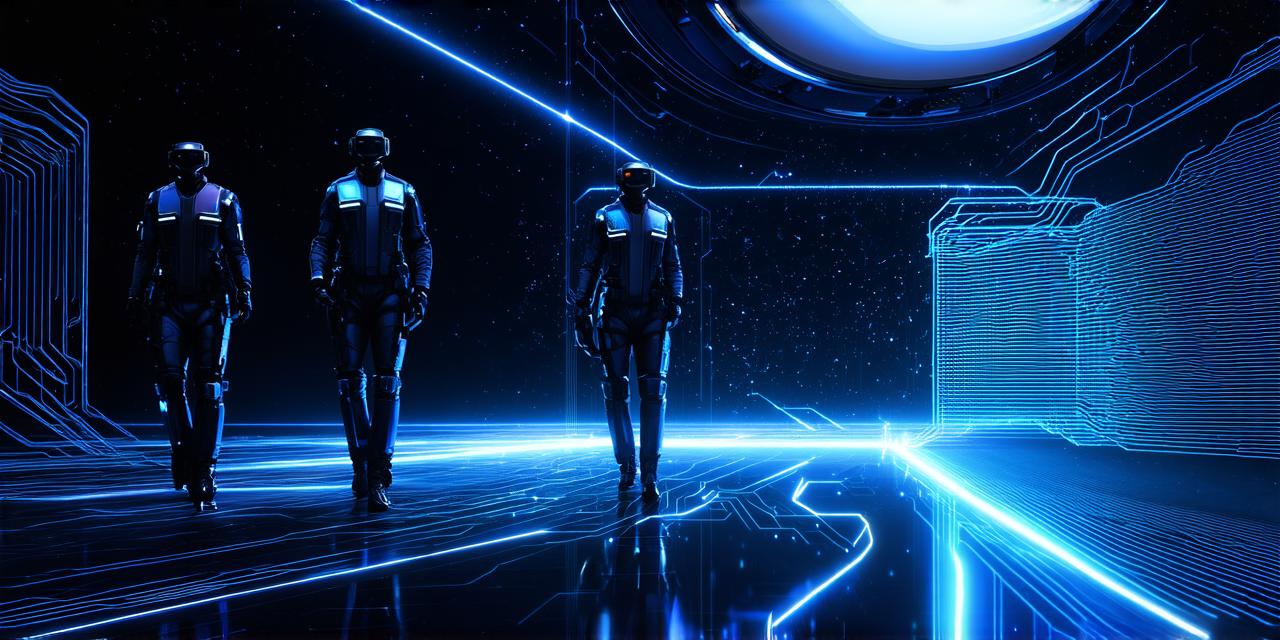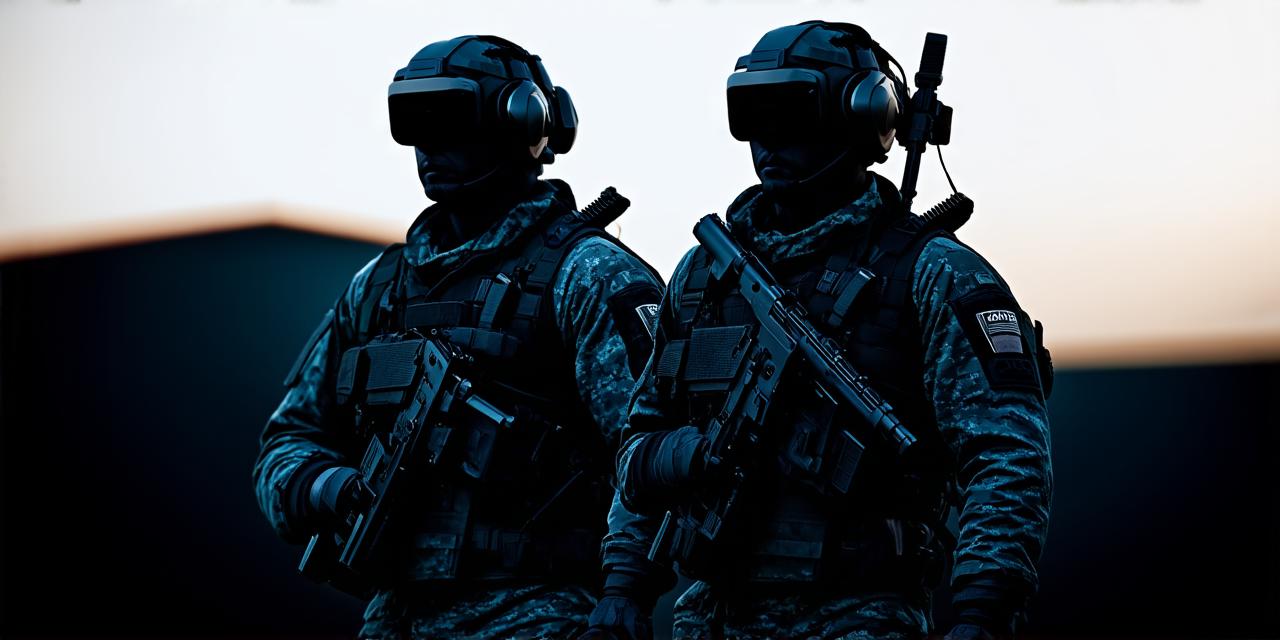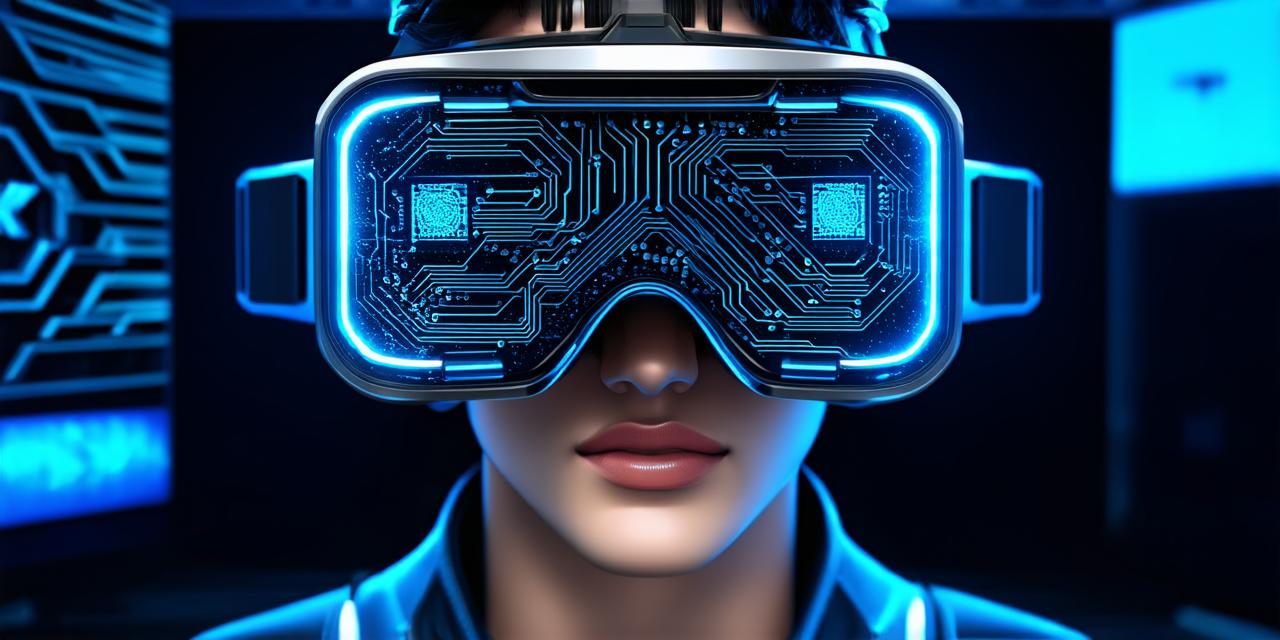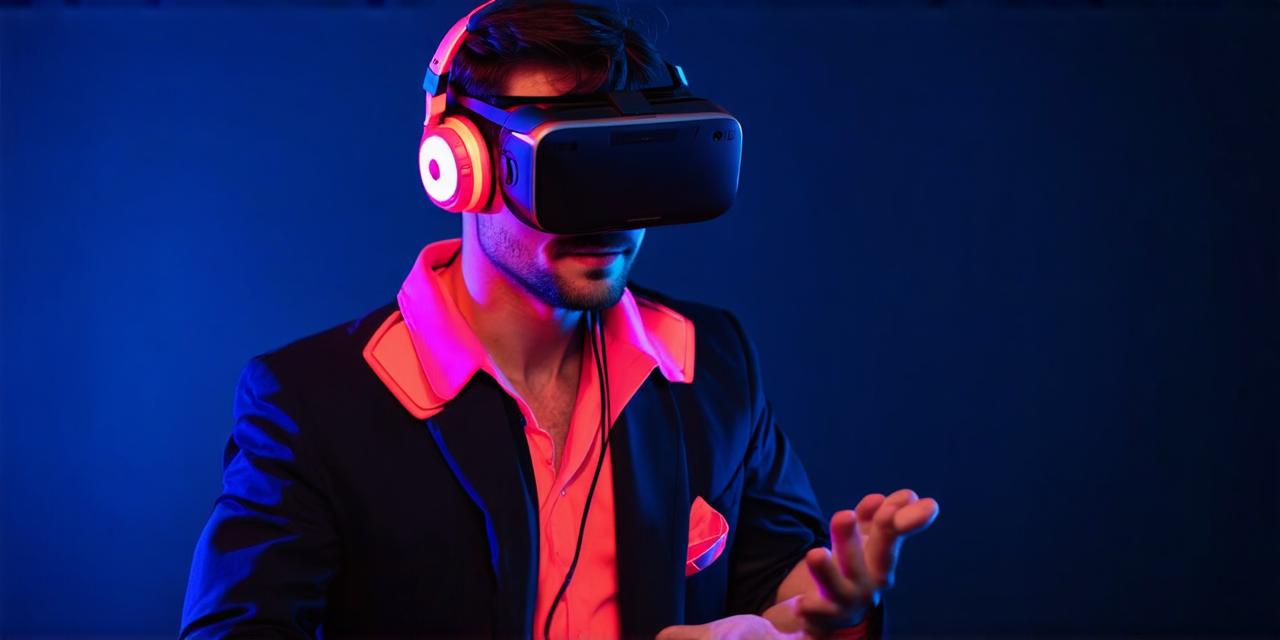Virtual reality (VR) is a technology that allows users to experience and interact with a simulated environment in a computer-generated world. This technology has gained popularity in recent years as it provides users with an immersive experience that feels as if they are physically present in the virtual world.
The basics of virtual reality
Virtual reality is a technology that uses sensors to track the movement of the user’s head and body in real-time. This information is then used to create a 3D environment that feels as if it is physically present around the user. The VR headset displays stereoscopic images, which simulate depth perception and make the virtual world appear more realistic.
The three-dimensional space of virtual reality
Virtual reality creates a three-dimensional space by using computer algorithms to generate a 3D environment that can be interacted with. This environment is created by mapping out the physical space of the user’s surroundings and then adding digital elements such as objects, characters, and backgrounds. The VR headset displays these elements in a way that makes them appear to be physically present in the real world.
Navigating the virtual world
Once the virtual world has been created, users can navigate it using handheld controllers or motion sensors. These devices allow users to interact with the virtual environment by moving their hands and body in the same way that they would in the real world. Users can also interact with objects and characters within the virtual world by using voice commands or physical gestures.
Engaging with the virtual world
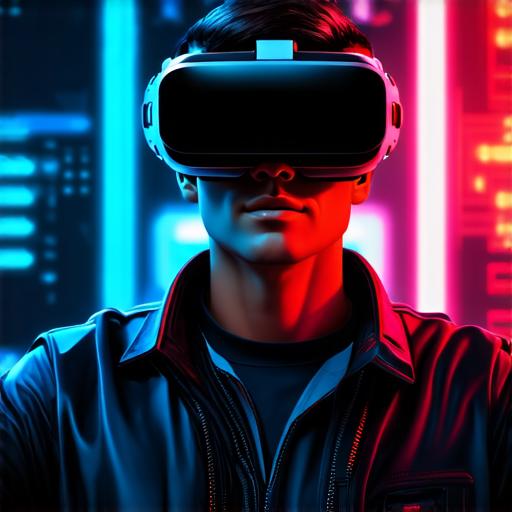
Virtual reality allows users to engage with the virtual world in a variety of ways, depending on the type of VR experience they are having. For example, users can participate in immersive gaming experiences, explore historical and cultural landmarks, or even attend virtual concerts and events. The possibilities are endless, and new VR experiences are being developed all the time.
The potential of virtual reality
Virtual reality has the potential to revolutionize many industries, including education, healthcare, and entertainment. In education, VR can be used to provide students with immersive learning experiences that allow them to explore historical landmarks or simulate scientific experiments in a safe environment. In healthcare, VR can be used for medical training, physical therapy, and even pain management. In entertainment, VR can be used to create new forms of media, such as virtual reality movies and interactive games.
Summary
Virtual reality creates a three-dimensional space that users can navigate and engage with. This technology has the potential to revolutionize many industries and provide users with immersive experiences that feel as if they are physically present in the virtual world. As VR technology continues to advance, we can expect to see even more exciting and innovative uses for this technology in the future.
